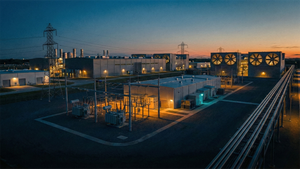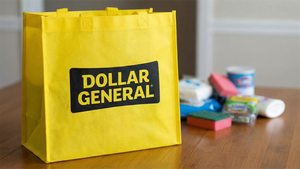Marin Katusa: A 60-year-old copper split is re-emerging. Is it an investment opportunity?

Reprinted from the Katusa’s Investment Insights newsletter
On an August morning in 1965, a New York scrap dealer shouted 34 cents a pound for copper. An hour later a telex from London printed 55 cents. Washington had just capped U.S. prices after the Tonkin Gulf Resolution exploded Vietnam spending. Europe, free to float, let copper rip higher.
The spread ballooned; Chile, Peru, and Zambia, all short of cash, jacked royalties or seized mines. By 1974 one-third of global output sat in government hands and the metal had tripled.
That price divorce didn’t start in a mine, it started in a policy office. Today another policy split is opening, this time between Chicago’s CME contract and London’s LME benchmark. And the echoes from 1965 are getting louder.
Ten-year Treasurys hover near 4½ percent. Investment-grade spreads are creeping wider. Junk yields are breaking north of 8 percent. When credit costs jump too high, CFOs shelve smelters, data centers, and apartment towers, exactly the projects that soak up copper.
Rising yields say the construction engine is downshifting, yet the price of the red metal refuses to roll over for long. But why?
Copper is no inflation hedge – it’s the metal of expansion
Visible inventories of copper climbed through February, then turned south in March. More revealing is where those tons now sit. At Christmas, LME warehouses held 86% of exchange copper; by mid-April, their share slid to 54 percent while Shanghai’s doubled to 46%. China is restocking quietly just as Western buyers pull metal westward to front-run tariff talk.
Days of supply have fallen since March. If that slide extends into Q3, the seasonal maintenance lull, copper will greet autumn with its thinnest cushion in a decade.
Since October, CME-registered stocks are up 57% while LME stocks are down 29%. Futures tell the same tale. For most of 2024, the two contracts moved in lockstep; after New Year’s the CME price sprinted ahead. American fabricators have responded by pulling copper across the Atlantic at the fastest pace since 2018.
The last time CME traded at a sustained premium to LME was 2005, right before copper tripled in two years. Investors back in 1965 had two winning plays.
The first was to own secure-jurisdiction mines that sold into the capped U.S. price once Washington lifted controls in the 1970s. And second was to hold royalty papers on nationalizing countries, governments paid out even when they seized equity.
For years I’ve stressed my +SWAP Line and -SWAP Line idea. I still expect more takeovers, higher taxes, and bigger royalties in the -SWAP Line nations.
What breaks first, price or policy?
Copper has whipsawed 10% up, 11% down, then 4% up again in n90 days. That volatility writes a simple take home message:
- Higher borrowing costs threaten near-term demand.
- Tariff brinkmanship reroutes trade flows and inflates U.S. prices.
Inventory migration hints at a supply squeeze the headlines haven’t caught. Should the White House formalize tariffs this summer, the spread could explode faster than a cathode can cross an ocean. If bond yields buckle into a Fed rate cut, the growth side of the equation lights up too.
Three forces now tug on copper: A credit squeeze that cools demand, an inventory draw that tightens supply and a tariff threat that skews regional pricing.
History says such policy-driven spreads rarely die quietly. The last one rewired the global mining map and handed patient investors windfall gains.
We’re not betting on a melt-up tomorrow. We’re positioning for an asymmetric payoff when today’s gap resolves the only way a scarcity premium can, higher. Those moves should add even more risk premium to copper and lift prices in the years ahead.
In this month inside Katusa’s Resource Opportunities I detail the stocks already outperforming on the CME premium. You can read it before the next Tonkin-style headline appears.
More from Marin Katusa: Unleashing 200 new nuclear reactors
More News
View More




Recent Quotes
View MoreQuotes delayed at least 20 minutes.
By accessing this page, you agree to the Privacy Policy and Terms Of Service.